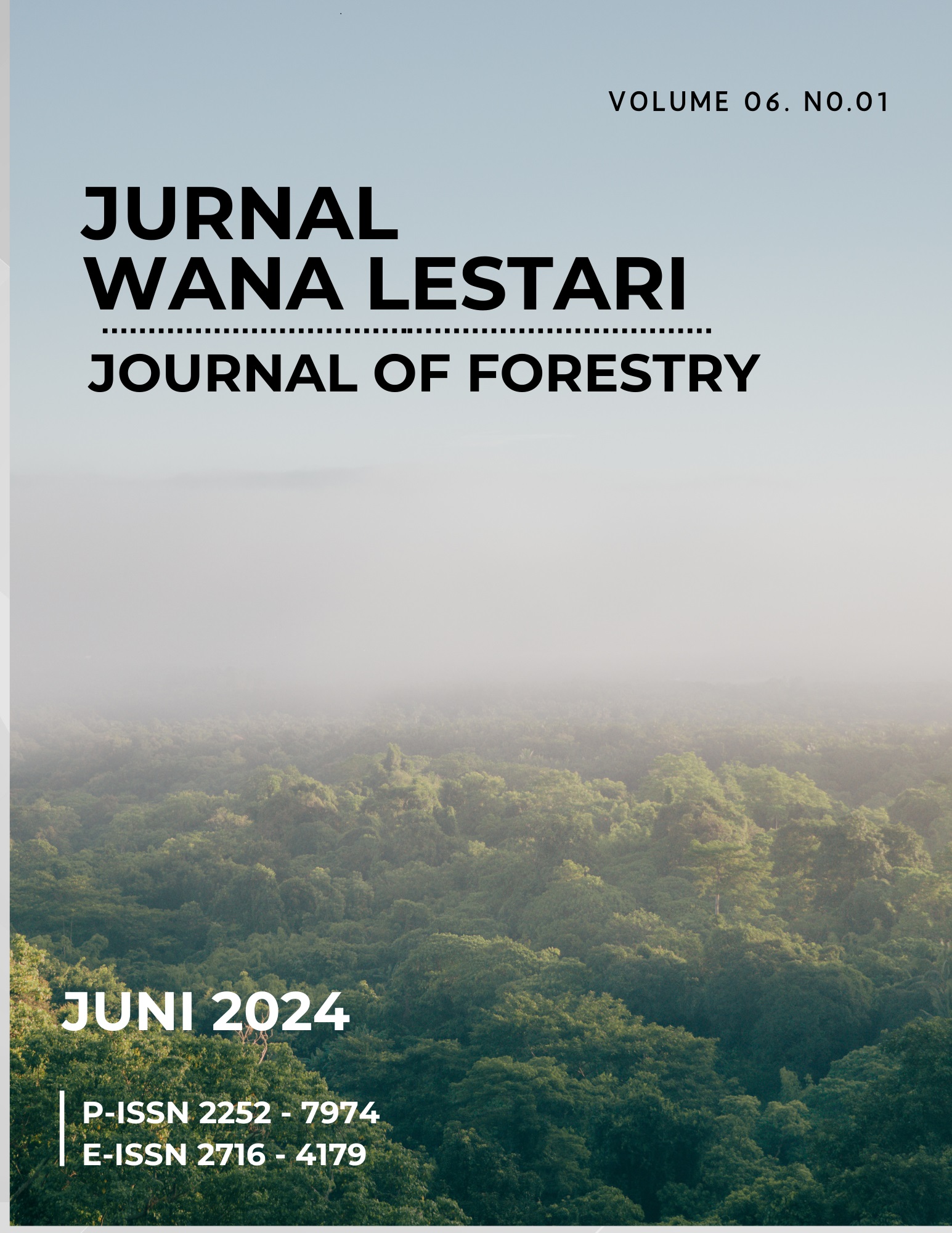THE EFFECT OF SEVERAL HOST TYPES ON THE GROWTH OF SANDALWOOD (Santalum album) SEED FROM TWO DIFFERENT SEED SOURCES
Abstract
Sandalwood (Santalum album) has hemiparasitic properties with a character as a root parasite, which is characterized by the formation of haustoria to connect sandalwood roots with host plant roots. It is this hemiparasitic nature that causes sandalwood during the growth period to require the presence of other plants around it which act as hosts. Many sandalwood seedlings fail to germinate or grow very slowly due to being planted without a host. This study aims to determine the growth effect of sandalwood seedlings from different seed sources on various types of hosts. The method used was a one-factor Completely Randomized Design (CRD), namely the influence of host species. Host types consist of Lamtoro, Kaliandra, Turi, and Moringa. The source of the seeds came from South Timor Tengah Selatan (X) and Alor Regency (Y). The results of the study based on the analysis of variance showed that the treatment of host plants had an effect on the growth of sandalwood. The results of the analysis of variance for each observation parameter also showed that the average growth rate was not much different between the two seed sources, but in general the growth of sandalwood seedlings from South Central Timor district had a higher average value than that of seed sources from Alor. So if we look at it based on the average value of growth, the growth of sandalwood seedlings from Timor Tengah Selatan is better than the growth of sandalwood seedlings from Alor.

 Albert Thius(1*)
Albert Thius(1*)







